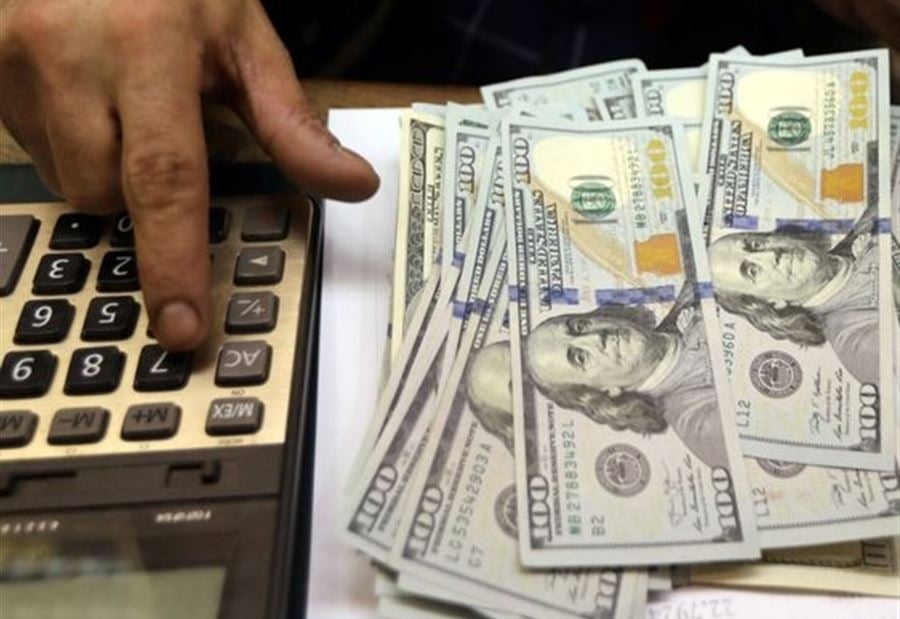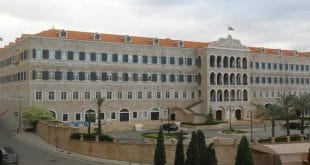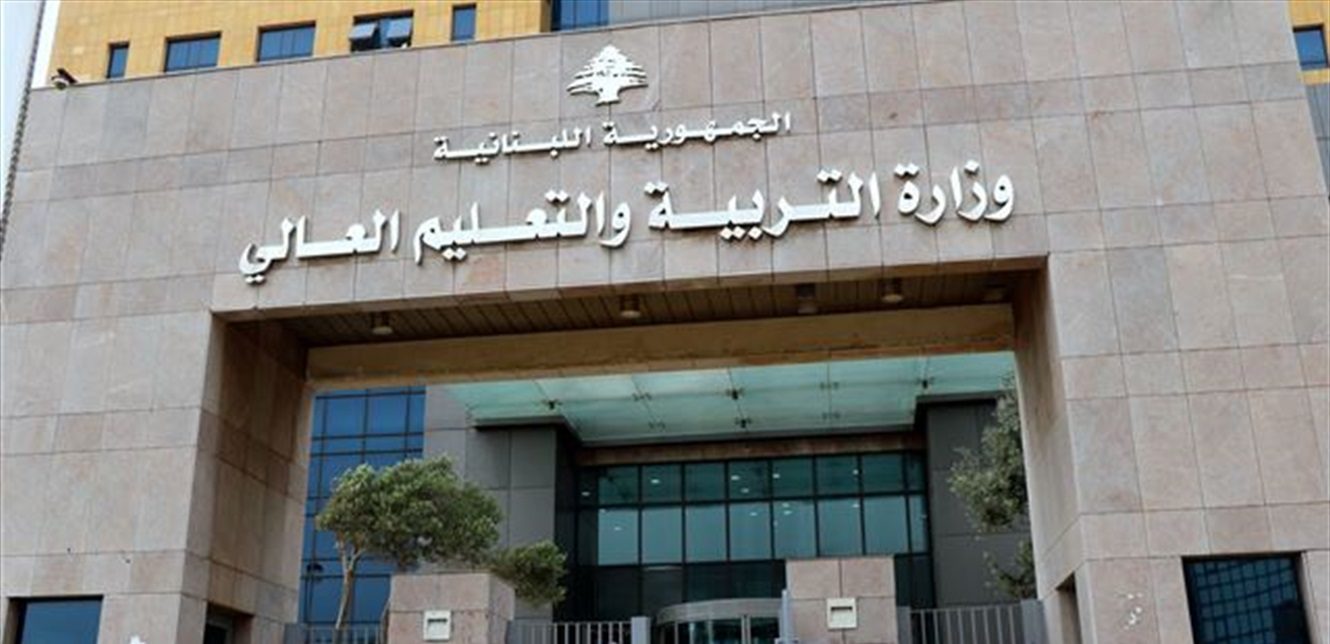الدفعات الشهرية للمودعين… هذه دوافعها
منذ نحو 3 أشهر حتى اليوم، جرت العادة أن يصدر مصرف لبنان بياناً يعلن فيه نيته تسديد أكثر من دفعة شهرين للمودعين المستفيدين من التعميمين 158 و166. هذه الدفعات يضعها البعض في إطار مساعدة الناس خلال الحرب. هذا الكلام صحيح، لكن ثمة دوافع أخرى لمصرف لبنان، لاتّباع هذا النهج.
للمرة الثالثة على التوالي، يقر المجلس المركزي في مصرف لبنان دفعات إضافية للمودعين المستفيدين من التعميمين 158 و166، وذلك على هامش الحرب المدمّرة بين إسرائيل و”حزب الله”، والتي انتهت باتفاق بين الطرفين بوساطة غربية.
هذه الدفعات لا تأتي من عبث، ولكنّها تحمل أهدافاً وكذلك إشارات حول الوضع النقدي في البلاد، والتي يمكن اختصارها كلّها بالنقاط التالية:
1- الهدف من هذه الدفعات لم يعد من أجل دعم المودعين المستفيدين من التعميمين المذكورين أعلاه في ظلّ الحرب، بقدر ما أمست “حاجة” للمصرف المركزي من أجل ضبط سعر صرف الليرة، وبثّ الطمأنينة في نفوس اللبنانيين. خصوصاً خلال الحرب الإسرائيلية (منذ شهرين حتى اليوم) التي خلقت “صدمة نفسية” لدى الناس، ولو كانت طفيفة إلاّ أنّها دفعت ببعضهم نحو الإحجام عن دفع الضرائب إلى حين استبيان مسار الحرب، وكذلك التخلّي عن الليرات لصالح الاستحواذ على الدولارات. وقد استمرت هذه الحال قرابة أسبوعين قبل أن تنحسر ويعود الأمر إلى ما كان عليه قبل أيلول، وذلك بحسب ما تؤكد مصادر مصرف لبنان لـ”نداء الوطن”.
2- الدفعات الشهرية بموجب التعميمين، تأتي في ظلّ التزام مصرف لبنان بسياسة عدم التدخل في السوق من أجل ضخ الدولارات بواسطة المصارف شبه المشلولة والمعطلة اليوم. وبالتالي، فإنّ “المركزي” يلتزم بضخّ تلك الدولارات بطريقة غير مباشرة، وبواسطة قناتين، هما: الدفعات الشهرية للمودعين، وموظفي القطاع العام.
3- حجم هذه الدولارات يصل إلى نحو 340 مليون دولار، وهو مقسّم كالتالي: دفعتا المودعين بقيمة 200 مليون دولار (100 مليون عن كل دفعة شهرية) ورواتب موظفي القطاع العام والمقدّرة بدورها بحوالى 140 مليون دولار. المدقّق في هذا الرقم يكتشف سريعاً أنّه أكثر من نصف الكتلة النقدية بالليرات اللبنانية الموجودة في السوق حالياً. فتلك الكتلة مقدّرة بما يعادل 550 مليون دولار (نحو 62%). وهذا بدوره يؤشر إلى أنّ هذه الدفعات التي تُبصر النور مطلع كل شهر، تُغرق السوق بالدولارات… وهو ما يؤدي إلى استقرار سعر الصرف.
4- لا يخسر مصرف لبنان هذه الدولارات. بل على العكس فإنّه يعود إلى امتصاصها مجدداً، وذلك من خلال “خلق” طلب على الليرة اللبنانية من خلال الضرائب والرسوم. نتيجة شحّ الليرات في أيدي اللبنانيين، يلجأ جميع المستوردين والمواطنين العاديين إلى صرف الدولارات لدى الصرافين من أجل دفع الضرائب والرسوم لدى شبابيك الصناديق في وزارة المالية. هذا بدوره يخلق طلباً مصطنعاً على الليرة يمكّن المصرف المركزي من امتصاص دولاراته نفسها التي سبق وضخّها مطلع الشهر.
هذه السياسية ليست مثالية بالتأكيد. لكّنها “الحدود الدنيا” التي يستطيع مصرف لبنان التدخل من خلالها من أجل ضبط سوق القطع، والحفاظ على ما تبقّى من قيمة وسُمعة الليرة اللبنانية التي سنعود إلى استخدامها وحدها يوماً ما… متى يأتي هذا اليوم؟
الجواب يتعلّق بهمّة السلطة وإرادتها لإعادة تكوين نفسها مجدداً وخصوصاً العمل على السير بالإصلاحات بجدية.
Monthly Payments to Depositors in Lebanon: Their Motivations and Objectives
For the past three months, the Central Bank of Lebanon has been issuing monthly payments to depositors benefiting from Circulars 158 and 166. These payments were initially intended to assist the public during the war, but there are additional underlying motivations behind this move by the Central Bank.
As the devastating war between Israel and Hezbollah came to an end, with a ceasefire brokered by Western mediators, the Central Bank of Lebanon’s board has continued to approve additional payments to depositors benefiting from these circulars. However, these monthly payments have evolved beyond a mere war-time aid to serve larger economic and monetary goals. Below are the key objectives of these payments:
-
The Primary Objective of the Payments: The monthly payments are no longer just aimed at supporting depositors during the war. They have become a crucial tool for the Central Bank to stabilize the exchange rate of the Lebanese pound. These payments are designed to reassure the Lebanese public, especially after the psychological shock caused by the war. The war prompted many people to hold off on paying taxes and favoring holding dollars over Lebanese pounds. This trend lasted for about two weeks before things began to normalize, according to sources from the Central Bank.
-
The Central Bank's Policy of Non-Intervention: With the banking sector largely paralyzed, the Central Bank has adopted a policy of non-intervention in the market to inject dollars directly. Instead, the Central Bank has opted for indirect measures, such as the monthly payments to depositors and public sector salaries. These payments provide a steady flow of dollars into the economy without directly affecting the market.
-
The Volume of Dollars Injected into the Economy: The total amount injected by these monthly payments is approximately $340 million. This includes $200 million for the depositors (with $100 million for each monthly payment) and approximately $140 million for the salaries of public sector employees. When compared to the total amount of Lebanese pounds circulating in the market, this amount represents more than half of the current cash flow, which totals approximately $550 million, or about 62%. This influx of dollars helps stabilize the exchange rate of the Lebanese pound.
-
The Central Bank’s Return on These Dollars: The Central Bank does not lose these dollars. In fact, it recaptures them by creating demand for the Lebanese pound through taxes and fees. Due to the shortage of Lebanese pounds in circulation, both importers and regular citizens are forced to exchange dollars at currency exchange dealers to pay these taxes and fees. This artificial demand for the Lebanese pound enables the Central Bank to absorb the dollars it previously injected into the market.
This policy is certainly not perfect, but it is the minimum intervention that the Central Bank can make to stabilize the foreign exchange market and preserve the remaining value and reputation of the Lebanese pound. The bigger question remains: when will the Lebanese pound be fully stabilized, and when will we return to exclusively using the Lebanese pound?
The answer to this question depends on the determination of the Lebanese authorities to reform the country and, in particular, to seriously implement the long-awaited economic reforms.
Translated by economyscopes team
المصدر: عماد الشدياق – نداء الوطن
 سكوبات عالمية إقتصادية – EconomyScopes إجعل موقعنا خيارك ومصدرك الأنسب للأخبار الإقتصادية المحلية والعربية والعالمية على أنواعها بالإضافة الى نشر مجموعة لا بأس بها من فرص العمل في لبنان والشرق الأوسط والعالم
سكوبات عالمية إقتصادية – EconomyScopes إجعل موقعنا خيارك ومصدرك الأنسب للأخبار الإقتصادية المحلية والعربية والعالمية على أنواعها بالإضافة الى نشر مجموعة لا بأس بها من فرص العمل في لبنان والشرق الأوسط والعالم




